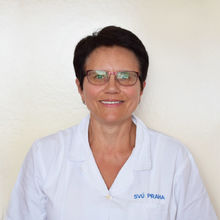Diagnosis of bacterial agents of animal disease involves a range of techniques to take into account, as far as possible, the different types of biological material and the species of animal(s) from which the sample is derived.
Highly specific methods for the identification of pathogens based on a combination of mass spectrometric analysis (MALDI-TOF) and molecular genetic diagnostics (PCR), including sequencing of parts of the microbial genome, are also an integral part of these procedures.







